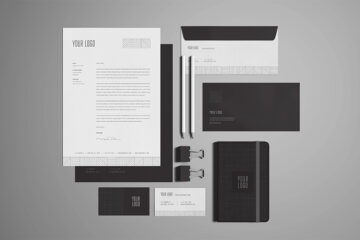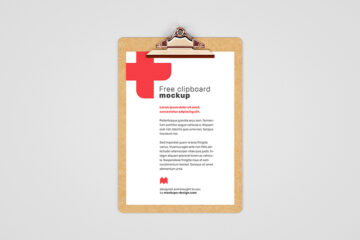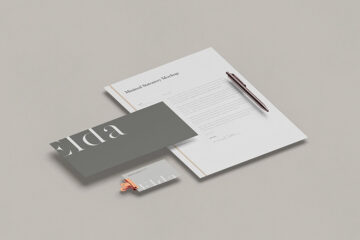In the intricate realm of graphic design, the precision of positioning and placement is a cornerstone of creating visually appealing and impactful designs. Stationery Mockups are essential for designers to refine element positioning within compositions. In this blog post, we delve into how Stationery Mockups contribute to a nuanced understanding of positioning and placement, elevating the precision of graphic design.
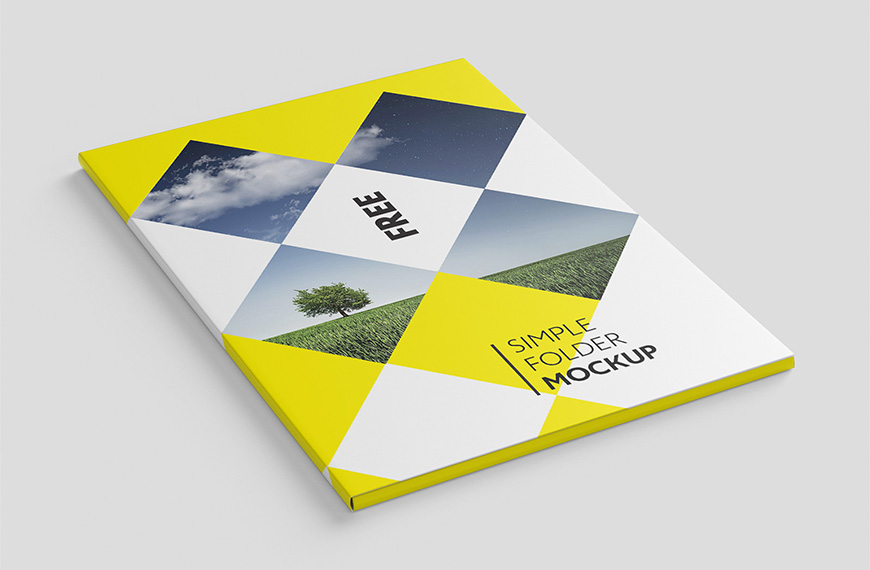
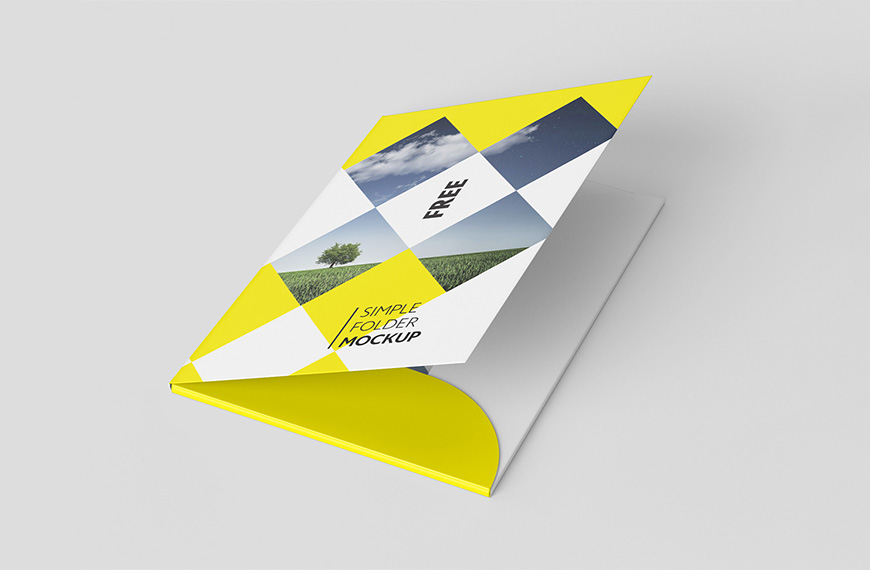


The Art of Positioning and Placement in Graphic Design
Effective design is not only about the individual elements but also about how they are positioned and placed within the overall composition. From business cards to letterheads, the placement of logos, text, and images is critical for creating a harmonious and visually engaging design. Stationery Mockups serve as a virtual canvas for designers to refine their skills in precisely positioning and placing design elements.
Realistic Visualization of Design Composition: Stationery Mockups provide a realistic visualization of design compositions, allowing designers to see how elements interact with each other in a real-world context. This realistic preview aids in fine-tuning the positioning and placement of various design elements to create a cohesive and aesthetically pleasing layout.
Experimentation with Layout Variations: Designers can use Stationery Mockups to experiment with different layout variations. Mockups allow dynamic exploration, refining alignment, logo and image placements, and fostering creative experimentation.
How Stationery Mockups Enhance Positioning and Placement Understanding
Dynamic Element Manipulation: Stationery Mockups facilitate dynamic manipulation of individual design elements. Designers adjust element positions, and sizes, gaining a hands-on understanding of visual balance in mockups.
Contextual Assessment of Design Flow: Placing design elements within a mockup context enables designers to assess the flow and hierarchy of the design. Stationery Mockups aid in understanding composition dynamics, focal points, and element complementarity in realistic settings.
Advantages of Mastering Positioning and Placement with Stationery Mockups
Enhanced Visual Hierarchy: Precise positioning and placement contribute to a well-defined visual hierarchy within a design. Mockups refine hierarchy, experiment with arrangements, ensuring attention to key elements for designers.
Increased Design Cohesion: A nuanced understanding of positioning and placement fosters design cohesion. Elements that are thoughtfully positioned within the composition create a sense of unity and balance, leading to visually harmonious designs. This increased cohesion is vital for creating memorable and impactful brand materials.
Strategic Tips for Positioning and Placement Mastery with Stationery Mockups
Utilize Grids and Guides: Leverage the grid and guide features available in Stationery Mockup tools. These tools assist in maintaining alignment and consistency, ensuring that design elements are precisely positioned within the composition.
Consider Contextual Usage: When refining the positioning of design elements, consider the contextual usage of the stationery items. For instance, visualize how a business card or letterhead will be used in real-world scenarios, adjusting the placement accordingly for optimal impact.
Conclusion
Stationery Mockups serve as invaluable allies for graphic designers aiming to master the art of positioning and placement. Mockups enhance design precision with realistic visualization, layout experimentation, and dynamic element manipulation for designers. Stationery Mockups integration is essential for designers refining positioning skills amid a demanding design landscape.
| Author | Mockups Design |
| File Type | .psd |
| Layered | Yes |
| Smart-Object | Yes |
| License | Commercial Use |



